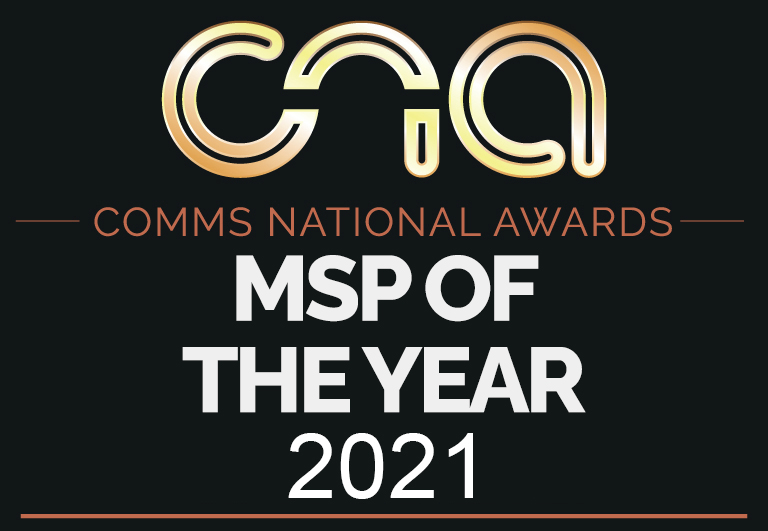Chatbots and Artificial Intelligence Could Change the Way Businesses Interact with Their Customers
Many companies are still searching for that sweet-spot between making interactions with customers more efficient, whilst still giving those customers a supportive buying experience.
In this feature, we’ll be looking at how chatbots could change the way businesses interact with their customers, and whether businesses should consider investing in them.

What are Chatbots?
The idea of chatbots has been around for quite a while now; Apple’s very own Siri is a form of chatbot that most iPhone users have gotten used to talking with. With one third of customers reportedly preferring to use social media to interact with companies, rather than over the phone (Social Media Today), it’s unsurprising that 60 million companies; including Microsoft, popular business collaboration app; Slack, and Google, have already invested in chatbots. (Digital Trends).
Chatbots are a rudimentary level artificial intelligence, designed to communicate through predetermined responses, and provide various services to people. Chatbots currently come in two primary forms; Rule-based, and AI-based.
Rule-based chatbots are currently the most common; these chatbots operate via a strict set of rules that dictate how they can work.
For example, international news site CNN has a chatbot that responds to key words relating to available news articles. I tested the bot by typing in ‘Apple’, to which the bot promptly replied with a link to a news story relating to the company.
However, the CNN bot is currently limited to sending links to recent articles published on the site; it cannot respond to questions, or even outright sentences, only single word phrases. Which obviously limits the service to an extremely narrow focus; capable of only providing a single level of interaction.
Screen Capture
Whereas AI-based chatbots are capable of responding in a far more intelligent manner, but are much harder to develop as a result.
Take Siri, for example. Siri is capable of responding to detailed requests; such as ‘Text Mum: What do you want for your birthday?’ or ‘Remind me to buy Mum’s present on Monday’. Chatbots like Siri enable users to have a much richer and more varied experience; they’re capable of working with a wider variety of software, and thus can provide a better service as a result. However, AI-based chatbots require far more time and money than Rule-based ones, and are therefore much rarer.
Other corporate level businesses such as Dominos and the Wall Street Journal have been launching their own chatbots over the past few years, which are both designed to make their customer’s interactions with them easier; for example, Dominos’ chatbot enables customers to order a pizza by just sending it a message.
How could your business benefit from having its own Chatbot?
Currently, chatbots are being used to provide several basic customer services:
- Providing useful information: this could be everything from current news stories, to the weather, to local events, promotions etc. These are the most common kind of bots currently being developed.
- Answering queries: Chatbots will respond to certain questions such as; where are you based? Where is my nearest branch? What time are you open? What can I buy? Once again, these currently remain mostly limited to questions that have one simple, foreseeable answer.
- Making sales: Retail companies such as Spring, are using chatbots to give their customers a way of browsing their store and buying their products, without leaving their messaging apps.
- Boosting social media: Chatbots are also being used to improve brand image, and encourage interaction with companies. Facebook hosts a wide variety of social chatbots; such as the bot created by social marketer Esther Crawford, which was cleverly designed to enable users to discover more about her brand via chat form.
Whether any of these services could actually work with your company, depends entirely on what you do. Chatbots can be a good first point of contact for your customers; saving your customer service team valuable time, otherwise spent constantly answering the same questions.
They can also be used to simplify payments, particularly products and services that are bought frequently; such as cleaning supplies. Using a chatbot to streamline your customers’ buying experience, and making your payment system more efficient, may be a good idea.
However, it is important to bear in mind that the majority of chatbots currently being created are Rule-based. As previously outlined, Rule-based chatbots are fairly restricted in what they can do, so unless your business has a clear outline of what function your bot will serve, you might find the impact of having a chatbot to be very limited.
Otherwise, your business could investigate AI-based chatbots, which allow for deeper and more valuable customer interactions. In this case, you’ll have to be prepared to invest quite a bit of time and money into building a AI-based chatbot, as they require far more resources to develop then Rule-based chatbots.
As coding and AI development becomes more accessible and affordable, we could be seeing a much larger influx of customer service chatbots in the near-future. Regardless of how interested you are in chatbots as a business tool, its a technology that’s certainly worth keeping an eye on.
For more articles about exciting technology and customer service, feel free to browse our company blog.
Want to share it with your friends?








